Monday 1st August
Now that most, if not all, set-backs are remedied I did hope to catch up with a few favourite places. Unfortunately, and perhaps not unexpectedly, the weather had other ideas! Two favourable days a couple of weeks ago and very little since.
At least the sun was shining on Monday, and I’m thinking windy or not those dragonflies would relish a day in the open. First call was Town Common to have my session with the Black Darters and hopefully some Small Red and Common Emerald, however the latter were not prepared to brave the breeze in significant numbers.
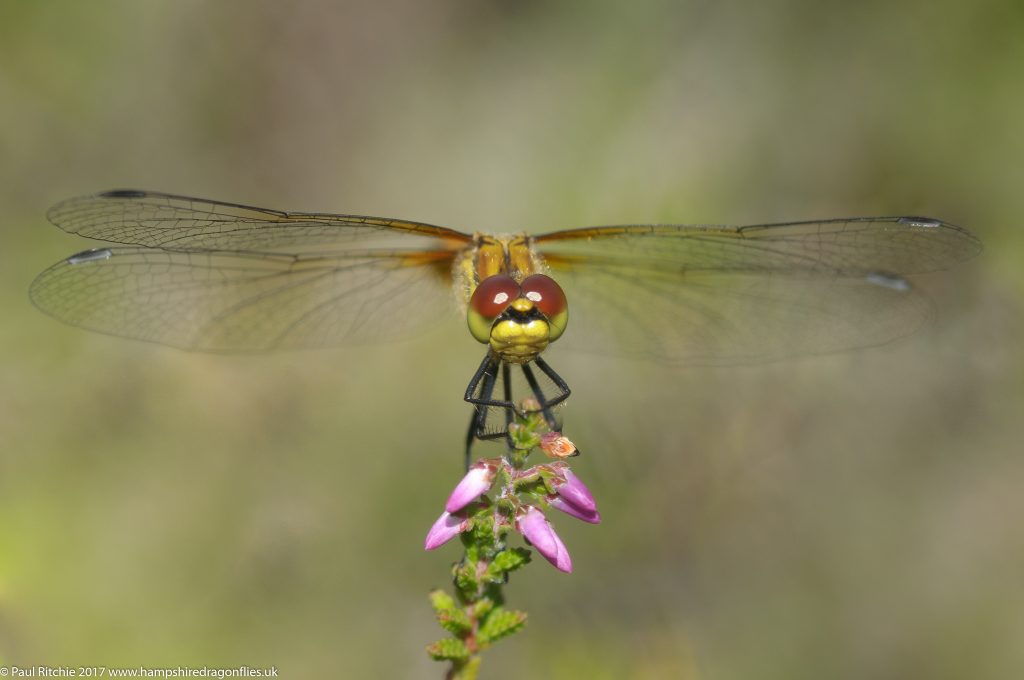
Black Darters are hardy and are the dragonfly equivalent of the tough northerner going out on a freezing mid-winter night in just a t-shirt and this southern breeze wasn’t keeping them from enjoying themselves.
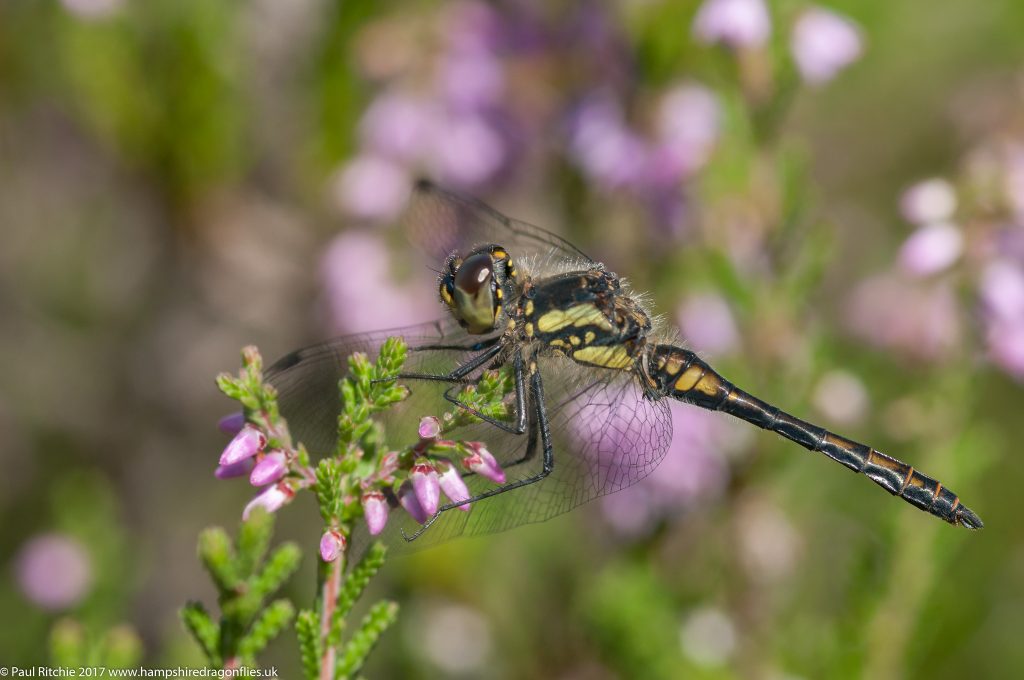
After a quick look up the path for any roosting hawkers I returned to the ponds to grab (the few) opportunities present and decided to call in at Ramsdown for a gander. Sure enough I was barely through the gate before the hawkers showed themselves; a male Brown naturally showing umbrage at my passing and a female Migrant who couldn’t decide whether she wanted to land again.
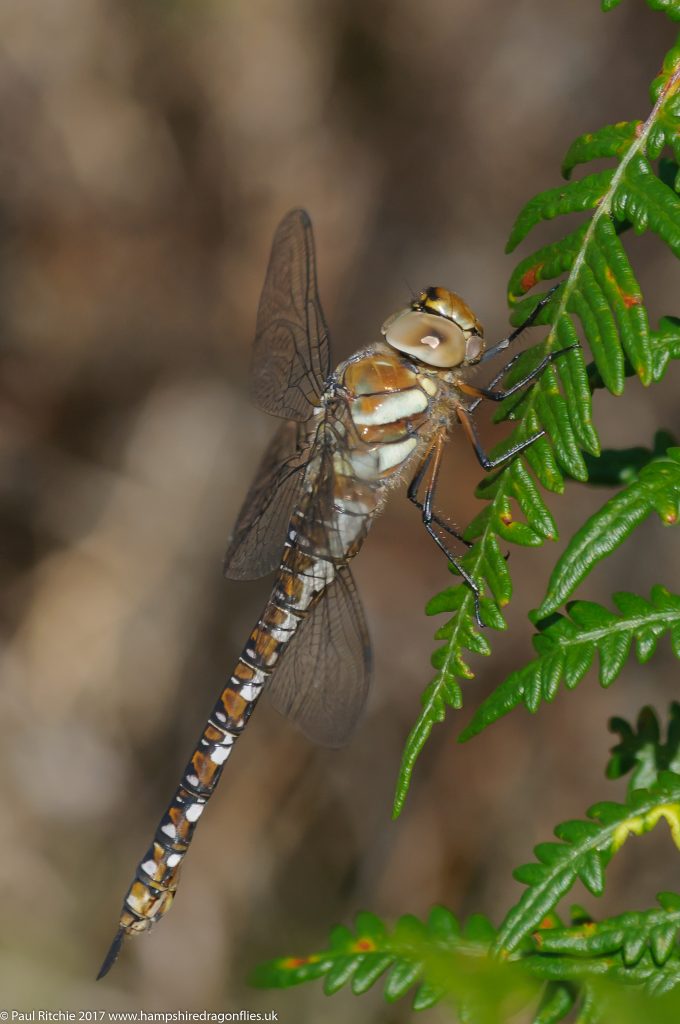
At the clearing I found a bevy of Migrant all vying for attention with a couple more Brown and a male Southern, although the latter wasn’t yet as accommodating enough to wait for a lens change.
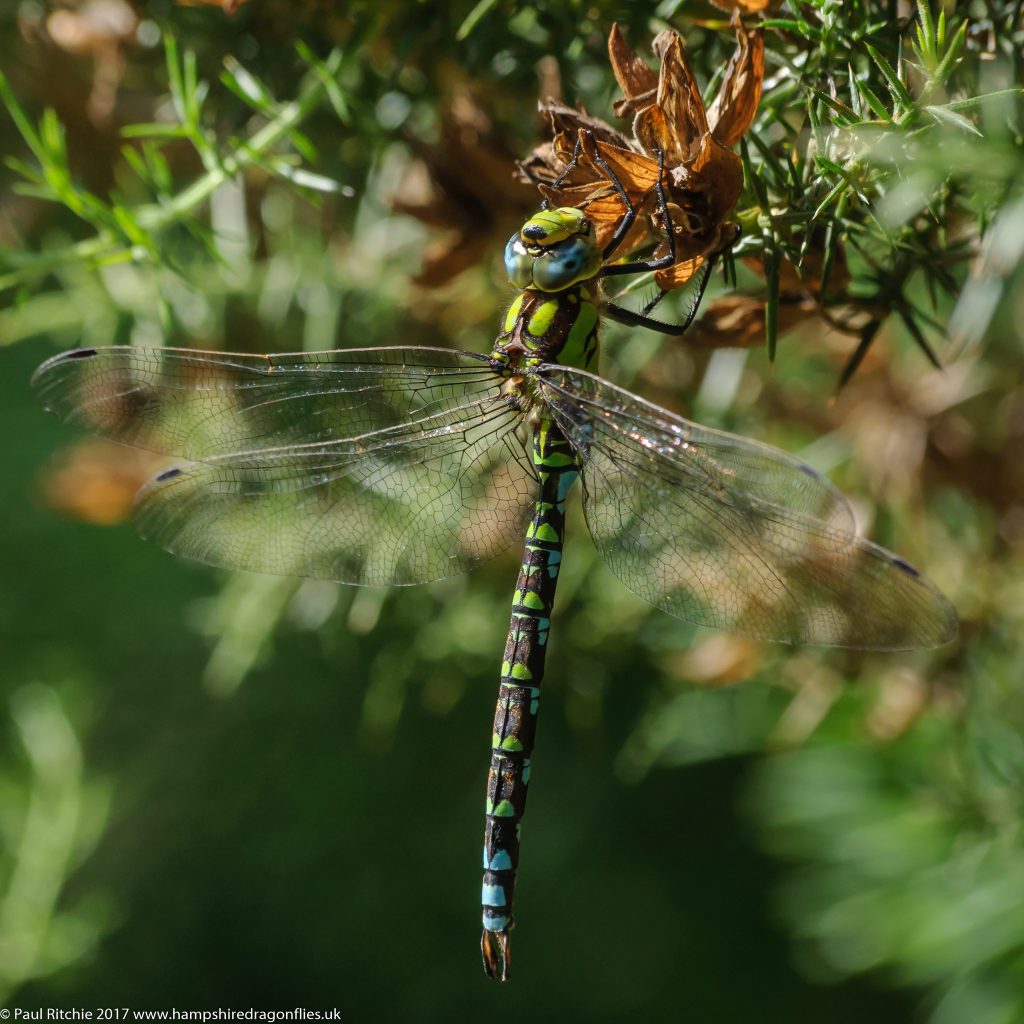
The true hawkers were joined by a male and female Emperor and this rather splendid Golden-ringed.
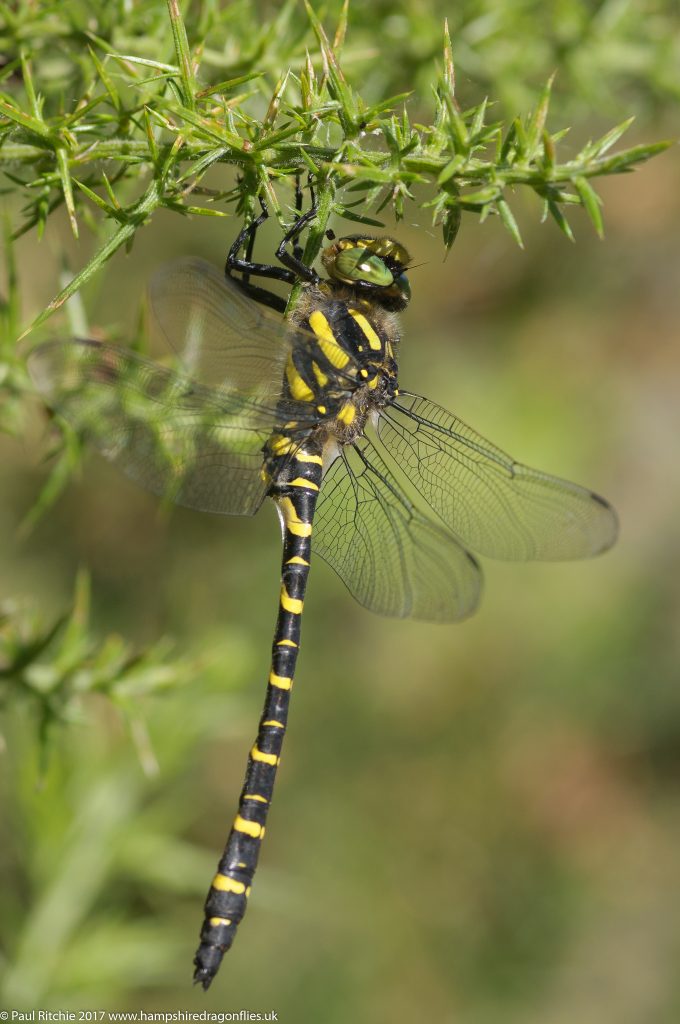
This marvelous little micro climate suffered an infestation of Heather Beetle two years ago which killed off all the heather along with the populations of feeder insects. Thankfully after two years it’s now starting to recover and with plentiful food and shelter it’s a magnet for the hawkers.

A pleasant day to indulge then, and worth staying out a little later.
